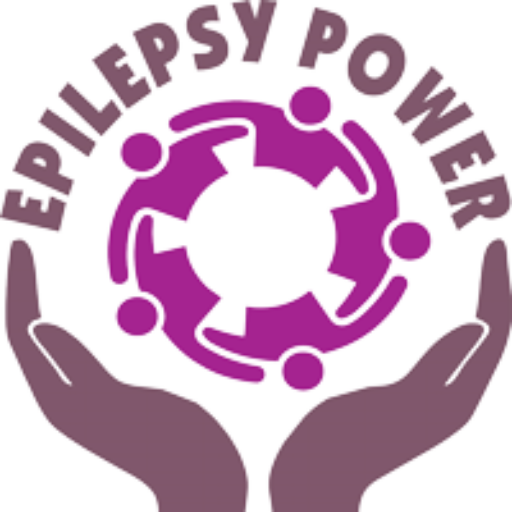- Introduction
- Section 1: Understanding Social Communication
- Section 2: Recognizing Barriers to Effective Communication
- Section 3: Active Listening Skills
- Section 4: Non-Verbal Communication
- Section 5: Emotional Intelligence
- Section 6: Overcoming Communication Anxiety
- Section 7: Effective Conflict Resolution
- Section 8: Building Social Skills in Specific Contexts
- Conclusion
- Quiz
Content:
In this section, you will explore the fundamentals of social communication, including its definition, components, and importance. You will learn about different communication models and styles, as well as the impact of effective communication on personal and professional relationships.
Tasks:
Reflect on a recent communication experience and identify any challenges or areas for improvement.
Practice active listening skills by engaging in a conversation with a partner and summarizing their main points.
Social communication and interaction skills are essential for building meaningful and fulfilling relationships in both personal and professional contexts. These skills enable individuals to connect with others, convey their thoughts and feelings effectively, and understand the perspectives of those around them. By developing strong social communication skills, individuals can enhance understanding, empathy, and cooperation, leading to improved relationships and overall well-being.
In today’s fast-paced and interconnected world, there are various challenges that individuals may encounter in the realm of social communication. Communication barriers, such as language differences, cultural nuances, and physical disabilities, can impede effective interaction and understanding between individuals. Moreover, anxiety and fear related to social situations can hinder one’s ability to express themselves and engage comfortably in conversations.
To address these challenges, it is crucial to explore strategies and techniques that can help individuals improve their social communication and interaction skills. By doing so, individuals can overcome barriers, reduce anxiety, and foster meaningful connections with others.
In the following sections, we will delve deeper into different aspects of social communication and provide practical guidance on how to enhance these skills. We will explore the role of active listening, the significance of non-verbal communication, the importance of emotional intelligence, strategies to overcome communication anxiety, effective conflict resolution techniques, and context-specific social skills development.
By implementing the strategies and techniques discussed in this document, individuals can cultivate their social communication and interaction skills, leading to more fulfilling relationships and improved social experiences. It is important to note that enhancing these skills is an ongoing process that requires practice, self-reflection, and a willingness to learn and adapt. Let us now explore each aspect in detail to gain a deeper understanding and practical insights into improving social communication and interaction skills.
Understanding Social Communication
Social communication encompasses the exchange of information, thoughts, and feelings between individuals through various channels, including verbal and non-verbal means. It involves both sending and receiving messages, and it plays a vital role in establishing and maintaining relationships, fostering understanding, and navigating social interactions effectively.
Verbal communication involves the use of words, language, and vocal expressions to convey messages. It includes speaking, listening, and engaging in conversations. Non-verbal communication, on the other hand, encompasses the use of facial expressions, body language, gestures, and tone of voice to supplement and enhance the verbal message. It is estimated that non-verbal cues contribute to a significant portion of the overall message conveyed during communication.
Non-verbal cues, such as facial expressions, body position, and eye contact, provide valuable information about a person’s emotions, attitudes, and intentions. They can often communicate meaning more effectively than words alone. For instance, a warm smile can convey friendliness and openness, while crossed arms may indicate defensiveness or resistance. Being aware of and interpreting non-verbal cues is essential for understanding the true meaning behind the words being spoken.
Active listening is another vital component of social communication. It involves fully engaging with the speaker, paying attention to their words, and demonstrating genuine interest. Active listening goes beyond simply hearing the words; it involves focusing on the speaker’s message, observing their non-verbal cues, and providing feedback to demonstrate understanding. By actively listening, individuals can foster deeper connections, enhance comprehension, and promote effective communication.
Empathy plays a crucial role in social communication as well. It involves understanding and sharing the emotions and perspectives of others. By empathizing, individuals can demonstrate compassion, validate others’ experiences, and establish a sense of trust and connection. Empathy enables individuals to communicate in a way that is sensitive, understanding, and supportive, thereby fostering stronger relationships and promoting effective collaboration.
Social communication has far-reaching effects on various aspects of life. In personal relationships, effective social communication allows individuals to build strong connections, deepen intimacy, and resolve conflicts amicably. It enables individuals to express their emotions, needs, and desires, leading to greater understanding and harmony.
In the professional sphere, social communication is crucial for career success. It affects one’s ability to collaborate with colleagues, engage in effective teamwork, and convey ideas and information clearly. Strong social communication skills are highly valued by employers as they contribute to positive work relationships, efficient problem-solving, and effective leadership.
Furthermore, social communication has a significant impact on personal well-being. By expressing oneself authentically and connecting with others on a deeper level, individuals can experience a sense of belonging, support, and emotional fulfillment. Effective social communication can reduce feelings of isolation, enhance self-esteem, and contribute to overall mental and emotional well-being.
In conclusion, social communication involves both verbal and non-verbal aspects and is crucial for establishing and maintaining relationships, fostering understanding, and navigating social interactions effectively. Non-verbal cues, active listening, and empathy play pivotal roles in effective social communication. Mastering social communication skills can positively influence relationships, career success, and personal well-being. By recognizing the importance of social communication and actively working to enhance these skills, individuals can experience richer and more fulfilling social experiences.
